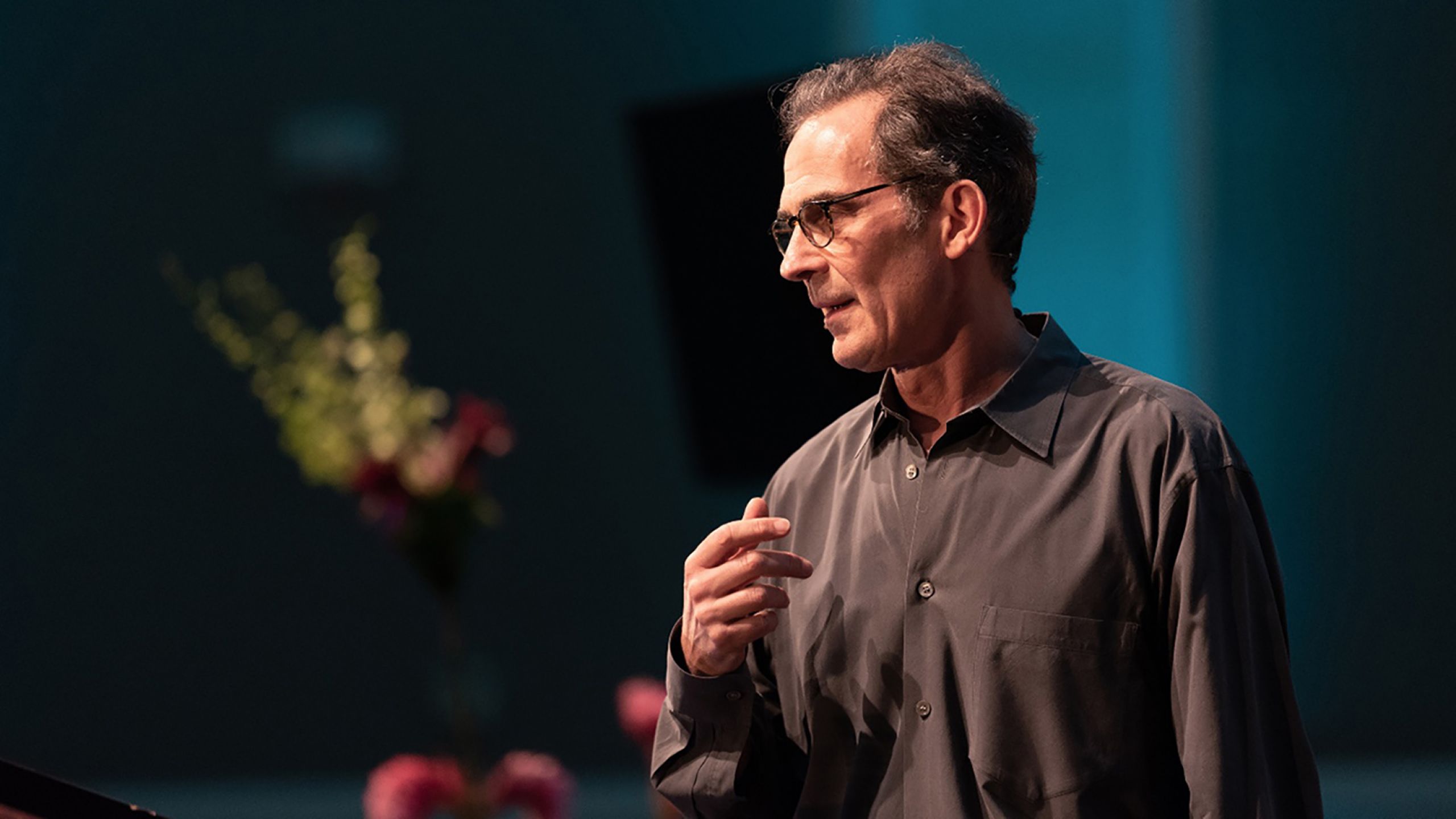In this talk at the 2019 Science and Nonduality Conference, Rupert discusses the reasons for the widening rift between mainstream science and non-duality.
He explains how the materialist paradigm underlying contemporary science leads to despair, conflict and destruction, whereas the non-dual perspective based on the primacy of consciousness leads to harmony, peace and love.
Rupert starts by explaining how one fundamental mistake has led contemporary scientists and philosophers away from the recognition that consciousness is the primary substance of the universe and towards a model of reductive materialism. ‘Reductive materialism’ is the concept that matter is the ultimate reality of the world, and that all phenomena can be explained in terms of interactions among the fundamental components of matter.
That mistake is the presumption that the human being or body-mind is conscious or has consciousness. The idea that consciousness is a property of a human being leads inexorably to panpsychism, the concept that consciousness is an inherent property of matter, so all material objects – dogs, bats, computers, stones and so on – have a degree of consciousness.
Rupert suggests that consciousness can be defined as ‘that which knows the experience of being’. Human beings do not have experience; experience has human beings. Only consciousness is conscious.
Everything that is known is known by the mind. Unless scientists investigate the nature of their own minds, they will never understand reality, and they will be unable to contribute to a civilised and humane society. The essential nature of mind is that part of mind that cannot be removed from itself.
Thoughts, images, feelings, sensations and perceptions all come and go. They are not essential to mind. What we are left with is pure consciousness. Pure consciousness has no objective content and therefore it must be unlimited, as there is nothing inherent to it with which it could be limited. So, shouldn’t any model of reality start with pure consciousness?
Rupert goes on to suggest that if science fails us, we can look to poets and artists to show us the nature of reality. Our senses lie to us about the nature of the world, but the truth is concealed within that lie. It is the role of the artist to use the language of lies to point to the truth. He illustrates this through extracts from the poems of Lisel Mueller, John Milton, William Blake, and Rainer Maria Rilke.
When we go to sleep at night, a dreamed world comes into apparent existence. That world seems to be perceived from the perspective of an imagined separate character within the dream. Similarly, our perception of the world in the waking state is filtered through the mind of a human being in that world. It is our beliefs that veil reality, not our perceptions.
Mind is essentially the activity of consciousness. It is through the filter of the limited mind that time and space seem to come into existence as the background for an apparent multiplicity and diversity of objects and selves.
Once the limitations that the mind superimposes on reality are recognised as such, reality shines by itself. One single, infinite, indivisible, unnameable whole. This absence of ‘otherness’ is what is known as love.

